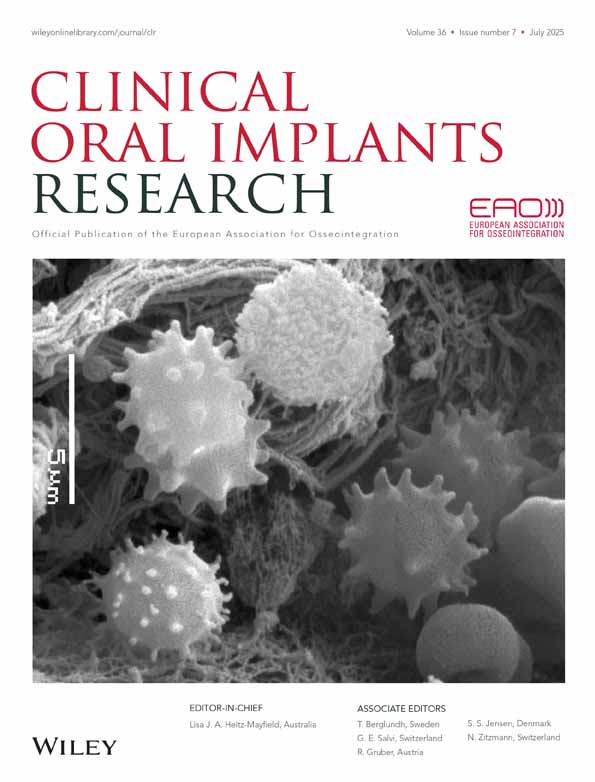Displacement of the incisive foramen in conjunction with implant placement in the anterior maxilla without jeopardizing vitality of nasopalatine nerve and vessels: a novel surgical approach
Abstract
Accurate implant placement in the anterior maxilla is essential in achieving optimal prosthetic rehabilitation with proper function and acceptable esthetic and phonetic demands. One of the preferable prosthetic solutions to restore a missing maxillary incisor in young adults is by an implant-supported crown. Bone resorption together with an enlarged incisive foramen, challenge proper implant placement. A simultaneous procedure where the implant osteotomy site penetrated the incisive canal is presented. A configurated cortico-cancellous block graft core was adjusted to fit the foramen while its soft tissue content was pushed back posteriorly but not removed. This procedure was followed by an immediate implant placement. Re-entry at 9 months revealed solid bone support embracing the implant body. Although the size of the incisive foramen diminished significantly, the nasopalatine branches were still evident. No complications and/or loss of sensation were observed.




